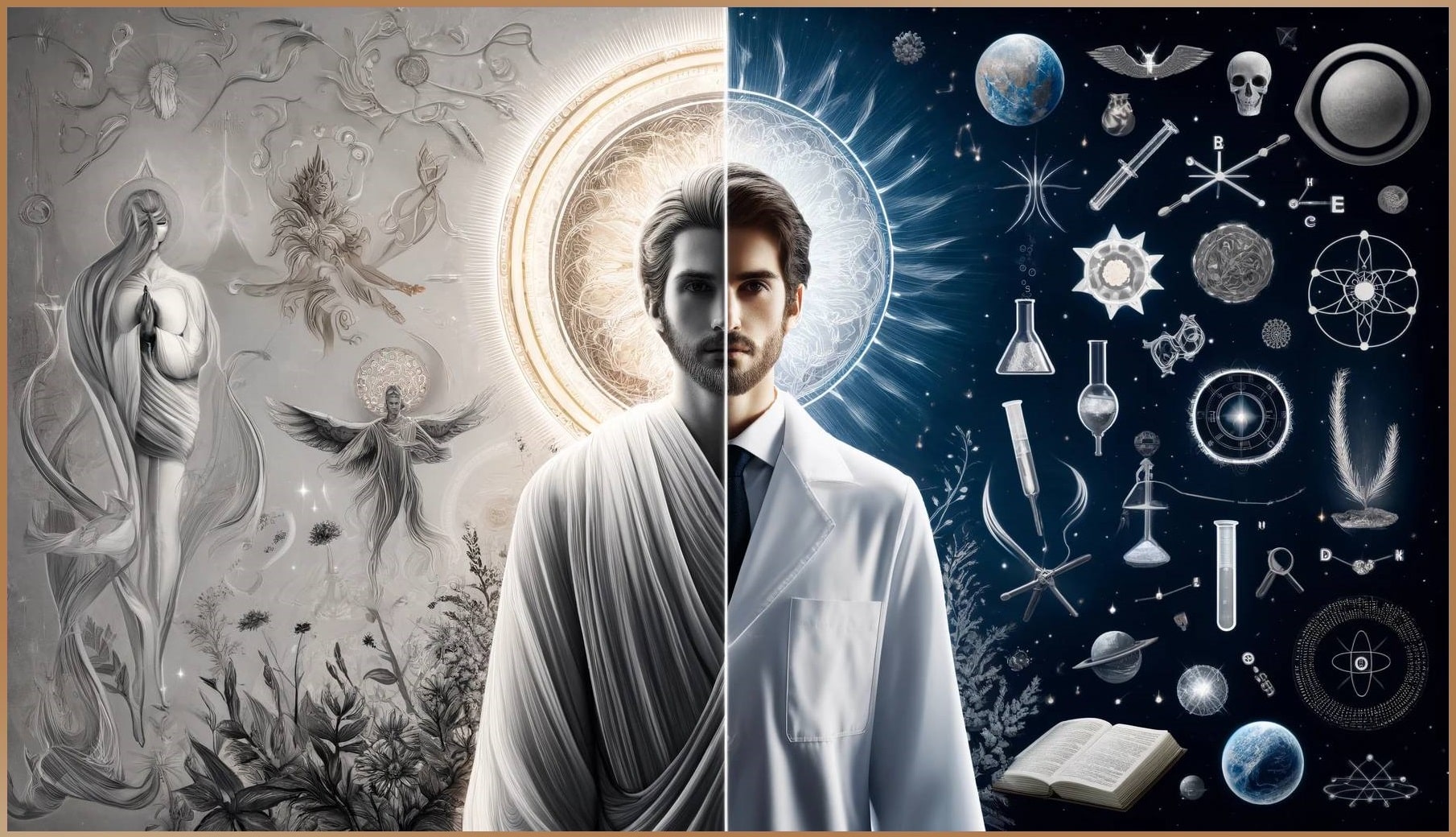
15 Apr Seeing beyond the Physical World through the Eyes of 9 People
Seeing beyond the physical world has captured the imagination of scientists, philosophers, and spiritual leaders since the dawn of humanity. This mysterious and invisible force that gives life to the world and all living beings is known by many names in different cultures: chi, prana, ki, bio-energy, or élan vital, to name a few.
As modern science has progressed, traditional views have been challenged and new areas of research have opened up to understand the vital energies of life.
Some researchers, however, were not satisfied with the visible and measurable phenomena and dug deeper to uncover the hidden forces of life and their effects on human health, consciousness and well-being.

If you want to expand your horizons on spiritual science, the following 9 remarkable people have been at the forefront of their fields.
They show that science and spirituality are not opposing forces, but rather complement each other, and by remaining open to this possibility, we can connect with ourselves, others, and the universe.
Among the questions they sought answers to were the following:
- Is the power of our thoughts the mysterious force that shapes our physical lives?
- Does a special energy permeate all living and non-living things?
- Can this energy be measured by scientific instruments?
- Is there a natural flow of energy among living things that affects health?
- Is there a higher power that is invisible and difficult to explain scientifically?
Exploring life energy is not only a means of expanding knowledge but also a spiritual practice that enriches every dimension of our lives.
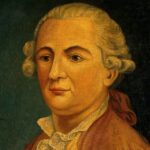
Franz Anton Mesmer (1734-1815) was an 18th century German physician best known for his research into a phenomenon he called “animal magnetism“, which later became known as mesmerism.
Mesmer believed in the existence of an invisible, natural flow of energy between and within living beings, which he called ‘fluidum‘, and which influenced health conditions. This concept essentially anticipated some aspects of modern energy therapies and holistic medicine.

According to the theory, this universal fluid or energy is present everywhere, and the health of living beings is characterized by the extent to which this energy flows freely within them. In cases of illness, this energy flow is obstructed, so the aim was to restore the free flow of energy in the body and thereby promote healing.
During ‘magnetic treatments‘ Mesmer often used iron rods and other objects placed close to his patients’ bodies, or even attempted to transfer or redistribute this energy by ‘magnetic‘ gaze or touch. These ceremonial practices often took the form of collective healing ceremonies involving several patients at once.
Mesmer’s work generated considerable debate and interest in his time. Despite the rejection of mesmerism by the official scientific community, it had a significant impact on the development of psychology and hypnosis.
James Braid, a Scottish physician and one of the fathers of modern hypnosis, was particularly inspired by Mesmerism, although he placed the phenomenon on a new footing.
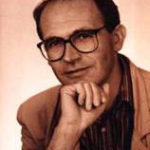
George Egely (1950 – ), a Hungarian engineer and inventor, is best known for his research into alternative energy and life energy. His main area of interest is the energy emitted by the human body and the methods for measuring it. Egely gained a thorough knowledge of engineering sciences, which he later applied to researching alternative energy sources.
One of his most famous inventions is the Egely Wheel, a device capable of measuring human “life energy” or bioenergy. This device is a small wheel sensitive to temperature differences, placed under a glass dome, which rotates under the influence of the “bioenergy” of hands placed nearby. The use of the Egely Wheel does not require physical contact and can measure the vital energy levels of different people.
What is Egely Wheel? Find out here.
George Egely’s work is of great interest to those interested in alternative medicine and paranormal phenomena, although it is often met with skepticism in scientific circles.
The mainstream scientific community is generally critical of the tools used to measure bioenergy and similar concepts, as these phenomena are difficult to measure and verify using currently accepted scientific methods.
Support for Your Spiritual Journey
The Egely Wheel is the Universal Life Energy Meter Device, an easy and fun way to harness your life energy.
Explore and see why the Egely Wheel is so trusted by psychics, healers, and anyone interested in a healthier lifestyle.
Over the years, Egely has published numerous books and studies presenting his research and theories on life energy, bioenergy, and alternative energy sources. These works often deal with ideas and speculations that go beyond traditional scientific paradigms and lead to further debates.
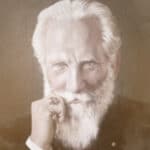
Charles Webster Leadbeater (1847-1934) was an influential British author, occultist, and theosophist who played a major role in the development of the Theosophical Society, which he joined in 1884.
His interest in the occult was sparked in childhood by psychic demonstrations his father held at home. His curiosity and interest in the supernatural and the spirit world continually drove him to seek answers to unanswered questions.
During his work with the Theosophical Society, Leadbeater contributed to the development and popularization of theosophical teachings, which proclaimed the existence of a broader spiritual reality beyond the limits of the physical world.
He worked closely with Annie Besant, and together they researched various topics: the invisible worlds and subtle energy systems, specific cases of reincarnation, the occult history of the Earth, the history of extinct races and civilizations, the ascent from animal to man, individualization, the Solar System, the functioning of the human mind, and atoms.
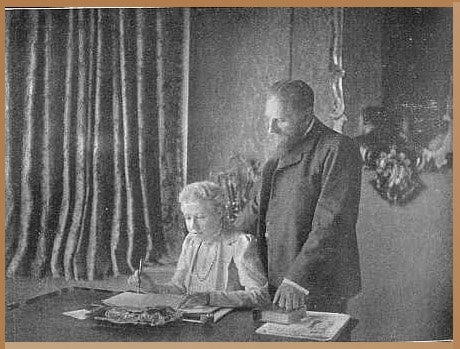
Through persistent work and practice, Leadbeater awakened and developed his psychic ability, the power of spiritual vision (clairvoyance), which enabled him to see and study the astral and mental planes and to communicate with advanced spiritual beings.
He was undoubtedly a leading figure in the International Theosophical Society. His unconventional ideas and the impact of his work elicited mixed reactions.
Some expressed skepticism or were divided by Leadbeater’s undoubtedly high-level but unusual mode of perception, while others praised him to the skies, considering him the world’s greatest psychic and worshiping him as a “living God” for his occult abilities.
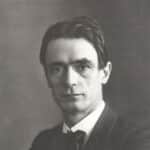
Rudolf Steiner (1861-1925) was an Austrian philosopher, occultist, social reformer and founder of the Anthroposophical movement. He is also associated with the concepts of biodynamic agriculture, anthroposophy and Waldorf schools.
Steiner laid the foundations for biodynamic agriculture, which emphasizes the importance of the energetic and spiritual dimensions of living systems. He advocated an understanding of the deep connections between soil, plants, animals and human beings, and a consideration of the cycles of the earth and celestial bodies.
In philosophy, he created Anthroposophy, which Steiner called “the science of the spirit“, combining ancient Eastern wisdom with modern Western scientific thought. He focused on the spiritual dimensions of existence, including human development and the spiritual laws of the cosmos.
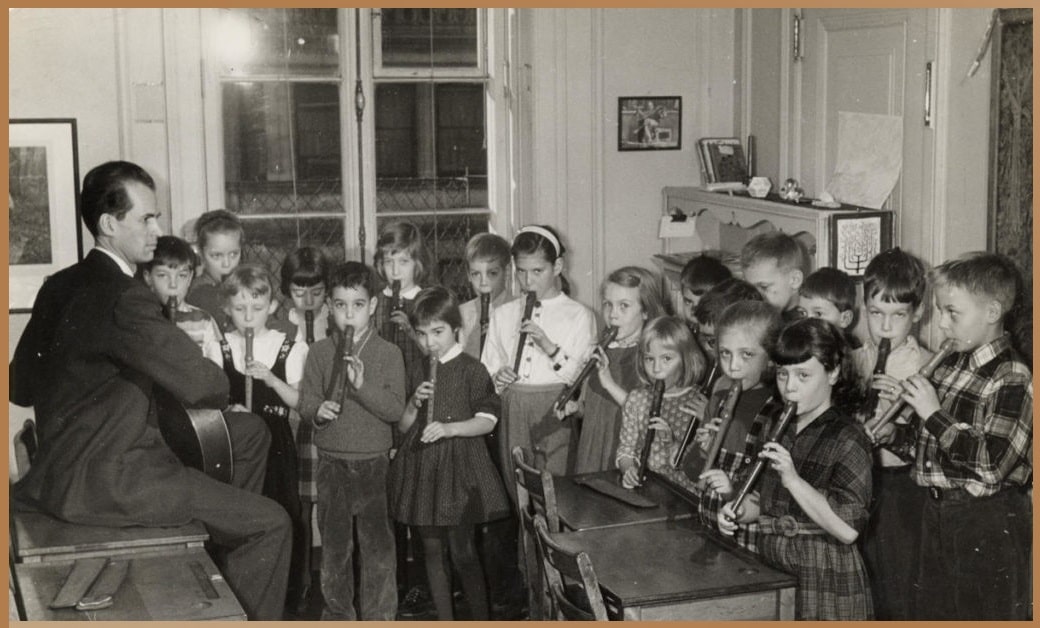
According to Steiner, human beings are capable of developing inner spiritual perception and establishing connections with invisible, spiritual worlds. This approach includes the concepts of spiritual evolution, karma and reincarnation.
Anthroposophy is a path of knowledge that seeks to lead the spirituality in man to the spirituality in the universe.
In education, he promoted a holistic approach to education that looks at the whole child. The Waldorf curriculum integrates academic, artistic and practical activities to support the physical, emotional, intellectual and spiritual development of the child.

Carl Gustav Jung (1875-1961), Swiss psychiatrist and psychoanalyst, known as the father of analytical psychology after Sigmund Freud. His interests extended far beyond the boundaries of traditional psychiatry, including the occult, spirituality, and religious traditions.
His interest in alchemy was particularly significant in his work. He interpreted the symbolism and processes of alchemists not only as methods for transforming physical substances, but also as metaphors for the process of individuation: the path to self-realization and psychological integration.
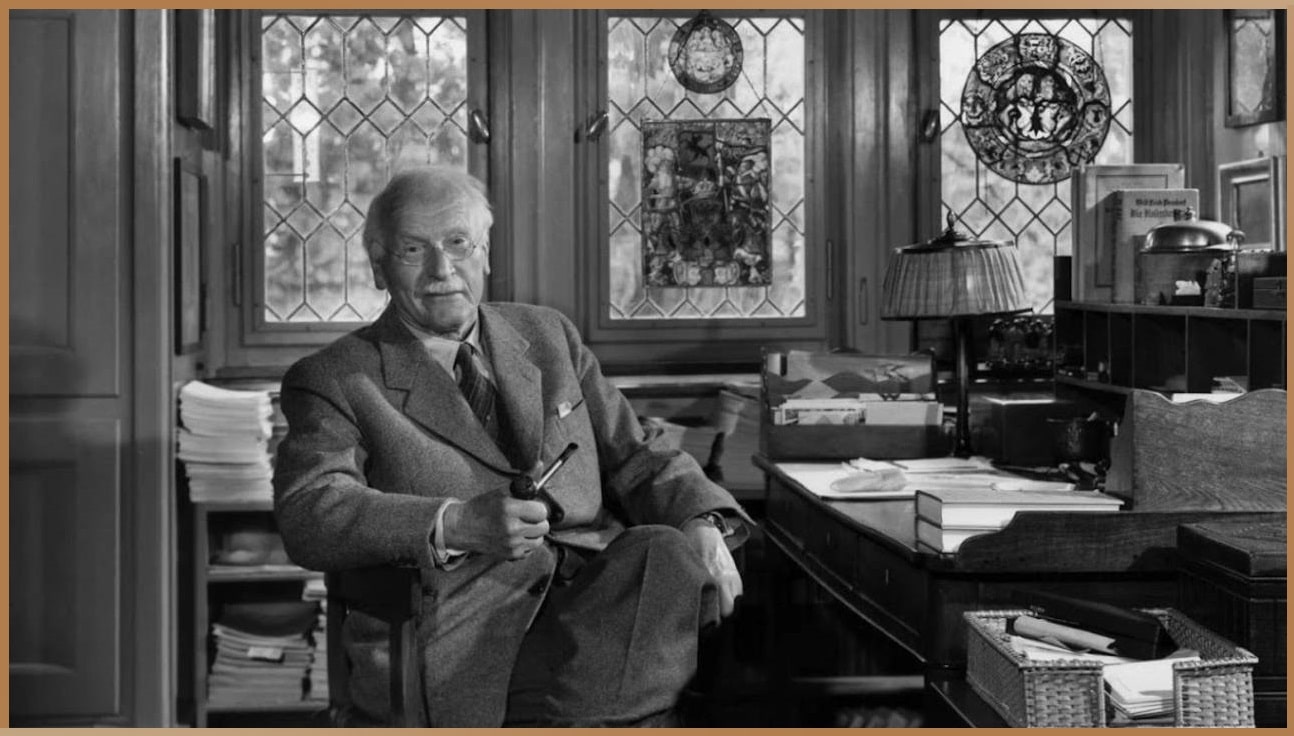
Jung introduced the concept of the collective unconscious, which is a layer of the unconscious that is shared by humanity and contains universal patterns of human experience called archetypes.
These archetypes, such as the mother, the hero, or the wise old man, are deeply rooted in mythologies, religious beliefs, and dreams, which Jung saw as reflections of the collective and occult dimensions of the psyche.
He also created the idea of synchronicity, which he defined as the meaningful coincidence of events that are not causally related but have a meaningful relationship to consciousness. This concept is similar to beliefs often found in occult and mystical traditions, which suggest that invisible forces or unconscious patterns can influence events in the physical world.
Although Jung was not an occultist in the traditional sense, his work offers significant connections to occultism, spiritual and mystical traditions that seek to understand the deeper layers of the human psyche and transcendent reality. Throughout his life, he believed in spiritualism, astrology, telekinesis, and the collective unconscious of humanity.
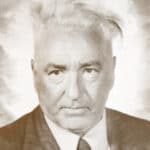
Wilhelm Reich (1897-1957) was an Austrian-American psychoanalyst and scientist who began his career as a student of Freud, but later went his own way and developed several controversial theories.
His most famous concept was that of “orgone energy“, which he described as the fundamental energy of life. He believed that this energy was present in every living being and throughout the universe, and played a key role in health and disease, as well as mental health.
Orgone energy could not be measured directly with traditional scientific instruments, but Reich conducted various experiments to try to prove its existence and effects.
One of Reich’s most famous inventions was the orgone accumulator, a device designed to collect and concentrate orgone energy so that individuals could “treat” themselves directly with this energy.
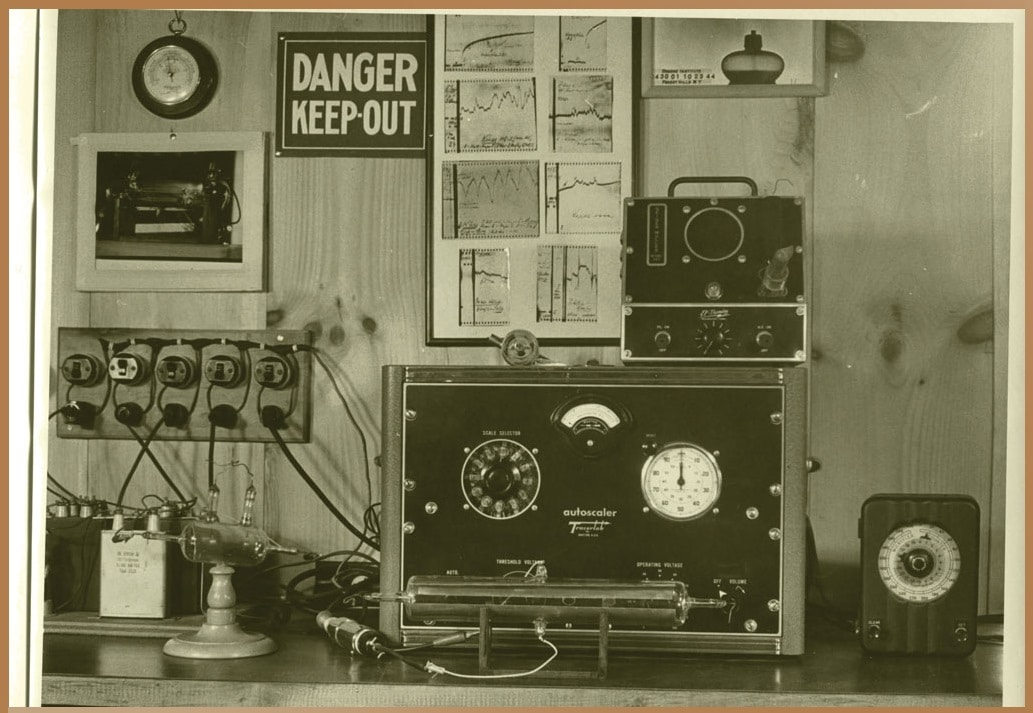
The orgone accumulator was a box constructed of alternating layers, typically of metal and organic materials such as wool or cotton. Reich claimed that individuals who spent time in the orgone accumulator could experience improvements in various physical and mental conditions.
The US Food and Drug Administration (FDA) was particularly critical of Reich’s work and eventually banned the use of orgone accumulators and the distribution of Reich’s writings. Legal action was taken against Reich, resulting in a prison sentence, where he died in 1957.
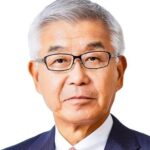
Hiroshi Motoyama (1925-2015) was a Japanese scientist, Shinto priest, psychologist, and well-known figure in the field of alternative medicine, particularly known for his integration of spirituality and science.
He established the International Association for Religion and Parapsychology in Tokyo, a research center dedicated to investigating the links between spirituality and science.
Motoyama studied subtle energy systems, including the chakras and kundalini energy. These are energy centers within the human body that are considered keys to spiritual development in Hinduism and yoga philosophy.
He believed that these energy systems have measurable physiological effects on the human body and psyche, rather than being solely spiritual constructs.
In founding CIHS (California Institute for Human Science), Dr. Hiroshi Motoyama envisioned an institution where the convergence of science and spirituality is not just taught but tangibly explored through rigorous research and personal experience.
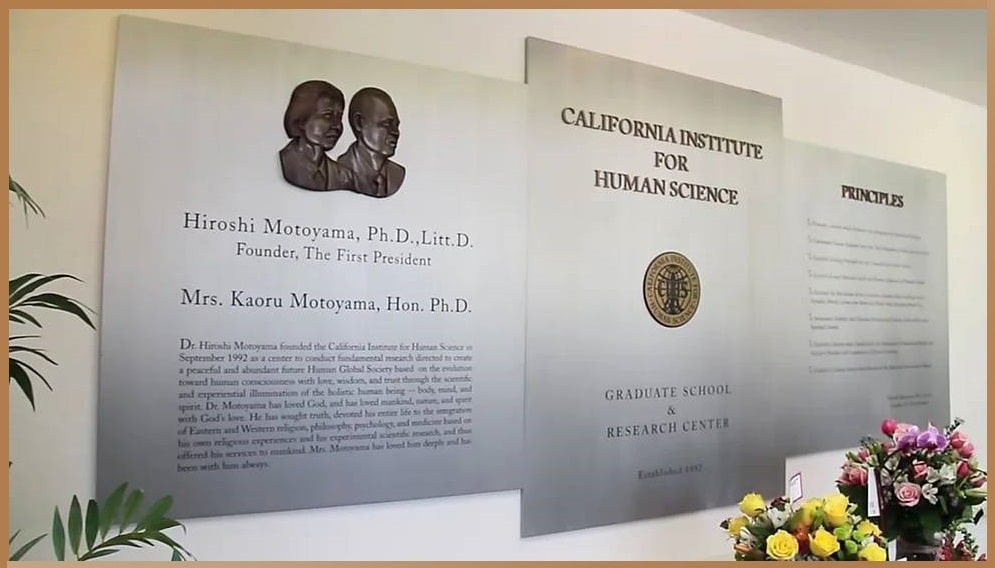
He created the AMI (Apparatus for Meridian Identification), a device to detect and measure the function of meridians and energy transfer through them, thus proving the physiological existence of life energy.
Although these results were intriguing, much of the scientific community was skeptical of such research. Motoyama wrote numerous books on vital energy, spirituality, and science, and lectured around the world. His work is often cited by professionals in the fields of alternative medicine and spiritual practices.
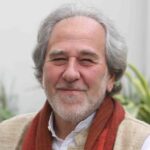
Bruce H. Lipton (1944 – ), PhD, is an American developmental biologist known for his groundbreaking research in the field of epigenetics. Epigenetics, a branch of genetics, studies how environmental factors and individual lifestyle choices – such as diet, stress and mindset – affect gene function without altering the DNA sequence.
His work radically reinterprets the notion that our genetics are strictly determined and immutable, suggesting instead that we have more control over our biological destiny than previously thought.
According to Lipton, our lives are primarily controlled by the subconscious mind, a collection of learned habits. The conscious mind has little influence until we focus on it.
Lipton received his PhD from the University of Wisconsin and then worked as a researcher at the Stanford University School of Medicine, where he spent 20 years explaining to medical students “the central dogma of biology“.
Living as an atheist, the discovery of the directing power of the mind marked a significant shift for him, leading him to declare that the functioning of cells proves the existence of God. He believes that the world rests not on mechanical foundations but on “invisible energy“.
His most famous book, “The Biology of Belief“, posits that beliefs and thoughts have a direct effect on cells and health because, depending on their nature, they create a positive or negative energy field around the body, thus influencing our personal lives and health.
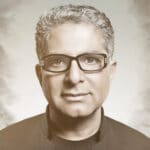
Deepak Chopra (1946 – ) is an Indian-American author, speaker and alternative medicine expert who focuses on promoting health and harmony of body, mind and spirit.
Trained in Western medicine, Chopra came to prominence in the late 1980s when he began integrating traditional Indian Ayurvedic medical practices and meditation into Western medical practice.
He often refers to the concept of ‘prana‘, which in Hinduism and yoga philosophy represents the fundamental life energy that sustains all living things.
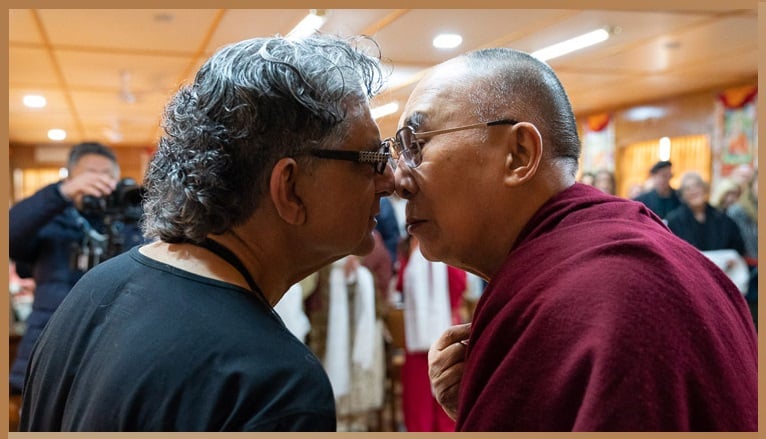
Chopra advocates holistic medicine, which addresses the health and well-being of the whole person – body, mind and spirit – rather than treating individual diseases or symptoms.
His main teaching is that to maintain good health and promote healing, it is important to cultivate positive thoughts, manage stress, eat a balanced diet, engage in regular physical activity and foster meaningful spiritual connections.
His books and lectures are widely available and sought after for guidance and inspiration in the areas of better health, happiness and spiritual development.
Among his many contributions, Deepak Chopra is also known for his advocacy of Quantum Healing, which explores the mind’s ability to affect bodily function and symptoms. This concept could be seamlessly integrated after discussing the importance of cultivating positive thoughts, as it further exemplifies Chopra’s belief in the connection between consciousness and physical health.
Although some of his claims and methods have been the subject of scientific criticism, Chopra continues to have a significant impact on the fields of alternative medicine, wellness and personal development.
Their Legacy Extends Far Beyond the Physical World
The work of nine renowned individuals who have researched life energy and its spiritual dimensions highlights that human knowledge and understanding go beyond the physical world.
Science provides a reliable framework for understanding the world, but spirituality offers insights into deeper truths that define the meaning and purpose of our existence.
These researchers, thinkers, and spiritual leaders have shown that the study of universal life energy is a multifaceted and complex field that bridges the visible and invisible worlds. It encompasses various concepts such as prana, bioenergy, and the archetypes of the collective unconscious.
Their work demonstrates that exploring the relationship between the human psyche and the universe can be both a subject of scientific interest and a profound spiritual journey, inviting us to view reality from a broader perspective.
12 Sources +
Egely Wheel has strict sourcing guidelines and relies on peer-reviewed studies, academic research institutions, and medical associations. We avoid using tertiary references.
- Deepak Chopra and Friends Meet His Holiness the Dalai Lama – https://www.dalailama.com/
- He Blinded Me with Science – https://www.laphamsquarterly.org/
- Franz Anton Mesmer | Biography, Theories & Works – https://study.com/
- Charles Webster Leadbeater – https://en.wikipedia.org/
- C W LEADBEATER, ANNIE BESANT, KRISHNAMURTI – https://www.theosophy.world/
- RUDOLF STEINER – https://www.steiner.edu/
- The Life of Carl Jung, Founder of Analytical Psychology – https://www.thoughtco.com/
- Wilhelm Reich: The person, his work and his significance for contemporary psychotherapy. A short introduction – https://www.bodymind-integration.com/
- FOUNDER’S MESSAGE – https://www.cihs.edu/
- Bruce Lipton – https://en.wikipedia.org/
- Deepak Chopra, M.D. – https://www.deepakchopra.com/
- dr George Egely’s CV – https://egely.hu/

